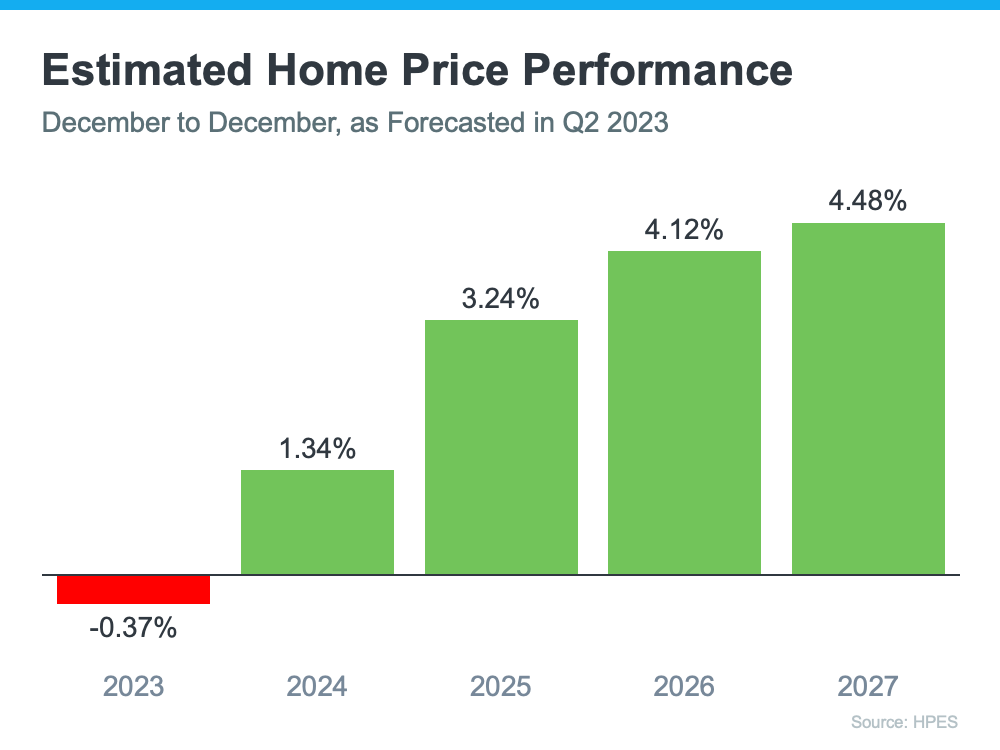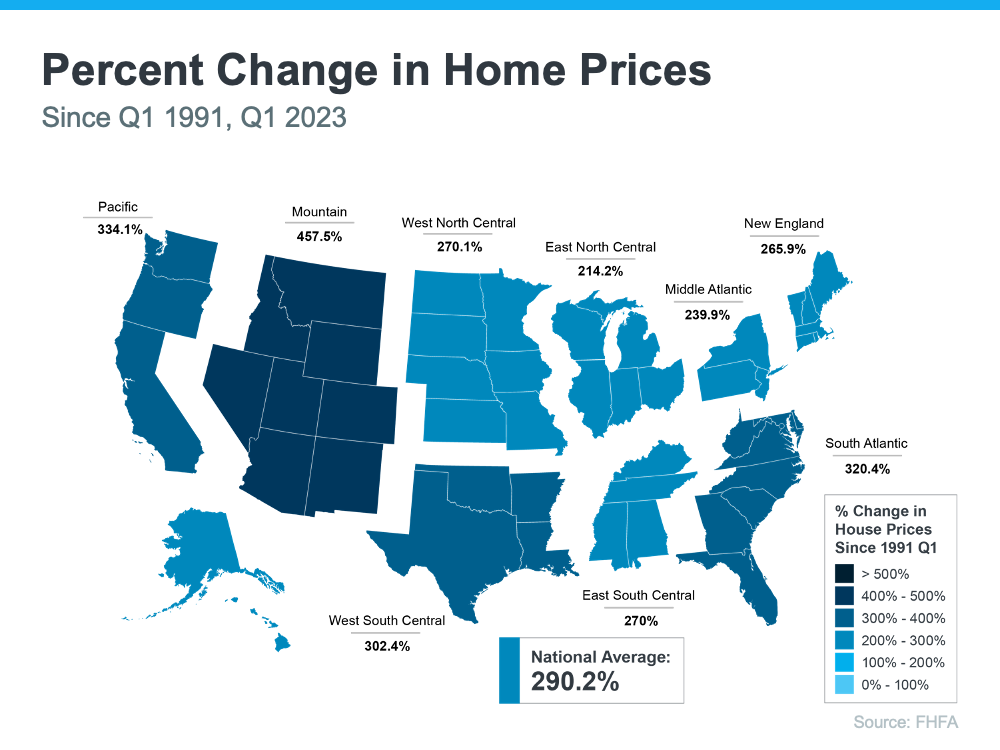When purchasing a home, there are several hidden costs that buyers should be aware of. These costs can add to the overall expenses of buying a property:
- Closing Costs: These include fees for services such as title insurance, attorney fees, appraisal fees, and loan origination fees. Closing costs are typically around 2% to 5% of the home’s purchase price.
- Home Inspection: While not mandatory, it’s highly recommended to have a professional home inspection. The cost varies based on the size and location of the property but can range from a few hundred to over a thousand dollars.
- Property Taxes and Homeowners Insurance: Buyers need to account for property taxes and homeowners insurance. Property taxes vary by location and are typically paid annually or semi-annually. Homeowners insurance is a recurring expense to protect the property and its contents.
- Private Mortgage Insurance (PMI): If the down payment is less than 20% of the purchase price, lenders often require PMI. It’s an additional monthly cost until the equity in the home reaches 20%.
- Homeowners Association (HOA) Fees: If the property is part of an HOA, there will be monthly or annual fees for maintenance and community amenities.
- Utilities and Maintenance: Buyers need to budget for ongoing utility costs (water, electricity, gas) and general maintenance and repairs for the home.
- Moving Costs: Moving expenses can include hiring movers, renting a truck, and packing supplies.
- Renovations and Updates: If the property requires renovations or updates, these costs can add up significantly.
- Furniture and Decor: Furnishing and decorating a new home can be an additional expense.
- Reserve Fund: It’s wise to set aside a reserve fund for unexpected expenses or emergencies related to the property.
- Appraisal and Survey Fees: These costs might be required by the lender to assess the property’s value and boundaries.
It’s important for buyers to carefully budget and factor in these hidden costs to avoid surprises and ensure a smooth home buying process.



















